The classification of arterial hypertension is a system that is used to assess the severity and stage of development of arterial hypertension.
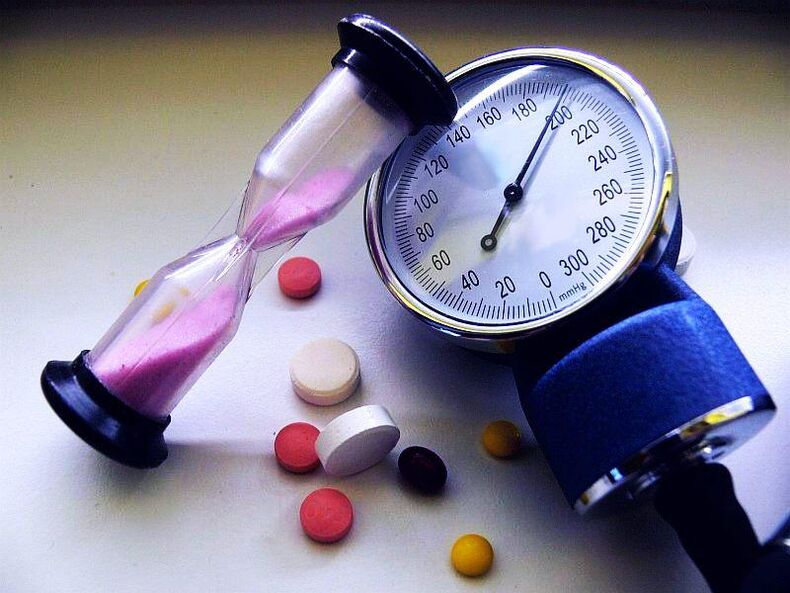
Warning!In the International Classification of Diseases of the Tenth Revision (ICD-10), arterial hypertension of the inorganic nature is shown by code I10.
Hypertension: Definition, description and etiology
About 50% of people suffer from hypertension (GB).About half hypertension do not know what suffers from the disease.More than 50% of patients with known hypertension are either not treated or ineffective.The main cause of patients with hypertension in adults is the infarction of the brain or heart.
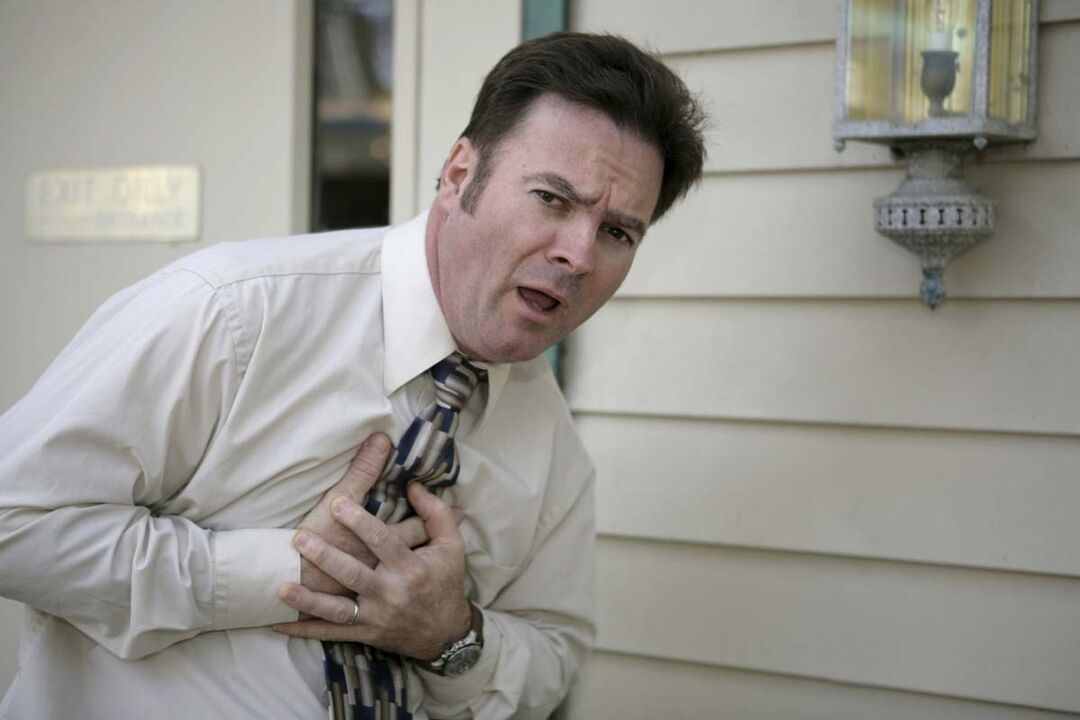
The spread of arterial hypertension increases with age and body weight.Men of a young age often suffer from illness than women.Postmenopausal women are more likely to suffer from hypertension than men.
Arterial hypertension can be divided into primary (essential) and secondary (organic).
The greater part (> 90%) of hypertension has primary hypertension defined as idiopathic.Primary hypertension is diagnosed by excluding organic pathologies.
Some risk factors may increase the risk of developing a disease at an early age.Medicine distinguishes modified and unmodified factors for the formation of the disease.These include:
- Obesity;
- Excess salt, alcohol on a diet;
- Smoking cohabitants (they are a danger as the patient inadvertently becomes a passive smoker);
- Stress;
- Hypodynamia (lack of sports in the patient's life);
- Smoking;
- Blood disorders (in a small or large circle);
- Old age;
- Low social status.
Secondary (symptomatic) hypertension is due to another disease - apnea syndrome in sleep, aorta coortation or aortic sclerosis.Neurogenic, psychogenic and supernical forms are also known.The latter form includes, among other things, ovulation inhibitors and NSAIDs.Medicines and toxic substances, as well as very high library consumption, can lead to a secondary form of hypertension.Renal hypertension caused by renal artery stenosis, as well as hyperaldosteronism, pheochromocytoma, Cushing's disease or hyperthyroidism belong to the secondary forms of hypertension.
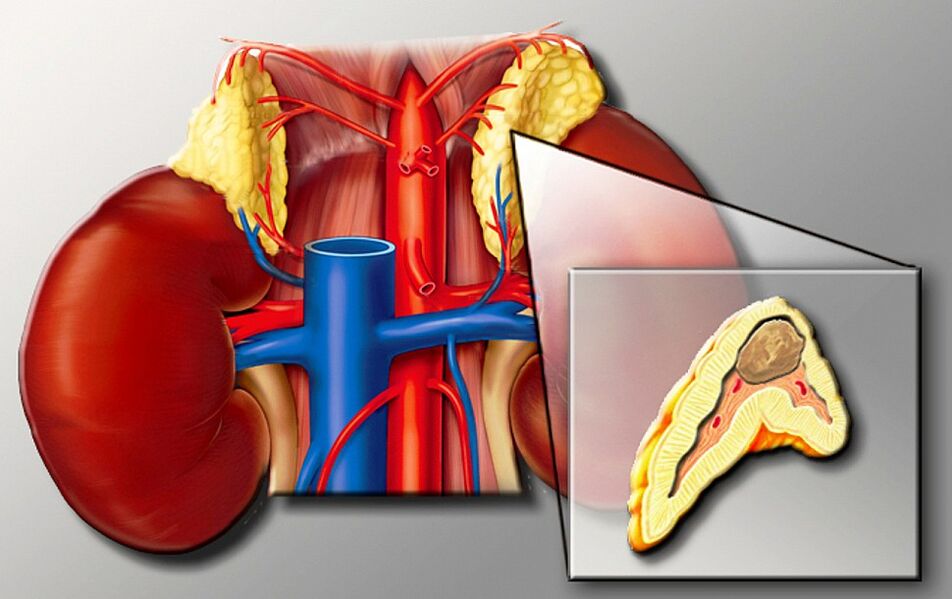
Another type of arterial hypertension occurs with hypertensive pregnancy disorder (GEC).Risk factors include a high age of the mother and repeated pregnancy.Various forms are known, including, for example, gestational hypertension with or without proteinuria.
Pathophysiology
Arterial hypertension occurs due to an increase in peripheral resistance, an increase in heart output or combinations of both.There are several mechanisms for adaptation in this process, so the blood pressure is kept constantly at an elevated level.To maintain the discharge of the heart, the heart becomes hypertrophied and can withstand constant pressure under pressure.
The kidneys also play a significant role in the pathogenesis of hypertension.Although renal blood flow and glomerular filtration rate remain largely constant, sodium excretion also increases.The impact of the secretion of renin or the altered reabsorption of sodium on the pressure is discussed.
Symptoms
Often the symptoms of arterial hypertension appear too late.In most cases, the disease is asymptomatic.
Hypertension can be characterized by the following symptoms:
- Early morning head pain;
- Sleep disorders, dizziness;
- Epistaxis;
- Tinnitus;
- Non -specific heart disorders;
- Shivering of the atrium.
In the case of secondary hypertension, symptoms of the underlying disease are added.Special forms of hypertension are hidden hypertension (SG) and white clothes syndrome (SBC).
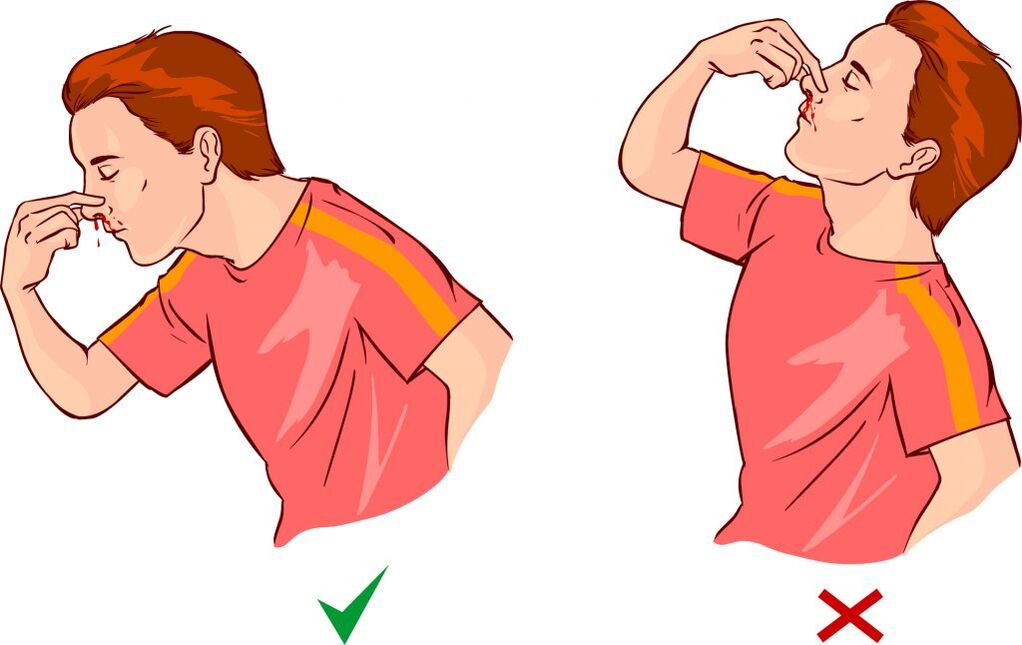
In SBC, blood pressure increases ≥140/90 mm Hg.Art.When measured in the doctor's office.Normal blood pressure values are recorded at home and monitoring blood pressure.
With hidden hypertension, blood pressure values in the doctor are in the normal range.The measurements of the house or the monitoring of blood pressure indicate increased values of ≥140/90 mm Hg.Art.This form can be associated with such factors as male and younger age, as well as smoking, drinking alcohol and stress.
In a hypertensive crisis, it is necessary to prescribe the correct treatment regimen to prevent pathological processes in the organs.Patients with this disease require that they cause emergency help or bring it to the clinic on their own.Lack of treatment can endanger the patient's life and cause irreversible consequences.Blood pressure progression can be malignant, which will lead to unjustified risk.If any vascular symptoms occur, it is recommended to see a doctor immediately as the crisis can lead to lifelong damage.
Classification of Hypertension by Degree
The stages of arterial hypertension are distinguished from the WHO.An increase in blood pressure, which occurs, for example, after physical stress, is not considered hypertension.
The disproportionately high level of low -load blood pressure is called labile hypertension.The dangerous form of arterial hypertension is associated with diastolic blood pressure above 120 mm Hg.Art., Which decreases by less than 10% at night.
New (2017) Classification of hypertension by stages and degrees: The table is given below.
| Stages AG | Systolic pressure in mm Hg.Art. | Diastolic pressure in mm Hg.Art. |
|---|---|---|
| Optimal | <120 | <75 |
| Normally | 120-125 | 75-79 |
| Highly normally | 126-129 | 80-85 |
| Stage 1: Initial Hypertension | 130-150 | 85-99 |
| Stage 2: Moderate hypertension | 160-179 | 100-109 |
| Stage 3: Severe hypertension | ≥180 | ≥110 |
| Systolic hypertension | ≥130 | <90 |
Classification of arterial hypertension by degree
Hypertension can be classified depending on damage to the blood vessels, eyes, heart, kidneys.In accordance with WHO recommendations, there are 3 degrees hypertension.There are no clinical signs of organ damage to the first degree.In the second degree, the target organs are affected and atherosclerosis of the vessels is detected.With the third degree, the obvious cardiovascular complications arise a frog, cardiac and cerebral stroke, transient ischemic attacks.
Stratification of risk with pronounced arterial hypertension determines the likelihood of complications.Depending on the stage of arterial hypertension, the risk may vary significantly.
Important!Only a doctor can determine the correct diagnosis, a risk category to give certain types of recommendations for prevention and treatment.It is not recommended to independently calculate the risk of unverified rocks and to try to treat the disease.Treatment for a child and teenager may differ.Different treatment is chosen by a doctor based on medical history.
Complications
The problem with arterial hypertension is that it often remains undiagnosed for a long time or is poorly treated.Lack of symptoms force patients not to seek medical attention.This leads to complications that often occur in the heart, kidneys, central nervous system and eyes or in the vessels of the lower limbs.Often, pronounced atherosclerosis develops.
Hearts and insufficiency, as well as coronary heart disease, are important consequences of heart hypertension.The heart increases to withstand increased load.The result is lev -pretest insufficiency.
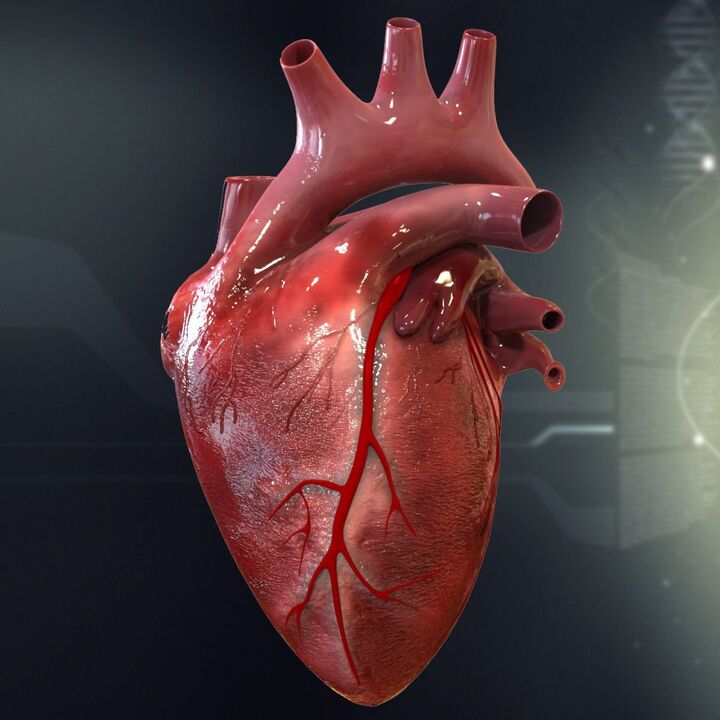
As a result of atherosclerotic changes in the coronary arteries, the coronary reserve is so limited that even a slight increase in cardiac output during stress can cause angina pectoris, myocardial infarction or sudden coronary death.
Hypertonic nephropathy - kidney damage due to hypertension.This can occur as a result of endothelial damage.The years of exposure to high blood pressure can cause pronounced nephrosclerosis with renal failure at the last stage.
AG can lead to transient ischemic attacks (TIA), cerebral heart attack, hypertonic bleeding from mass or acute encephalopathy.The risk of stroke can be significantly reduced through antihypertensive therapy.
Hypertonic retinopathy, as a rule, occurs as a result of the spread of atherosclerosis in the blood vessels of the retina.Vascular diseases caused by hypertension are Ozpa, abdominal aortic aneurysm and aortic dissection.
Treatment
Treatment for hypertension begins with intervention that is not impaired.The main methods of therapy without a medicine for the disease:
- Weight loss up to 25 units according to BMI;
- Преход към диета с ниско съдържание на сол от <5-6 g NaCl на ден (препоръчва се да се избере диета на тире);
- Smoking refusal, alcohol;
- Restriction of caffeine consumption.
It is also necessary to limit the use of hypertonic drugs if there is hypertension.It is recommended that patients participate in end-to-residue training 3-4 times a week in swimming, running of cowardice or cycling.
In addition to these general measures, it is necessary to treat diseases that cause secondary hypertension.According to the European Hypertension Association, the target blood pressure values should be> 140/90 mm Hg.For patients under 80 and> 150/90 mm Hg.- For adult patients.
Medicine therapy begins with monotherapy with the drug of choice.At values that are highly deviated from normal blood pressure values (> 20/10 mm Hg) or primary combination therapy, it is performed with comorbidities.
Preparation of optional:
- Beta-blockers;
- ACE inhibitors;
- Thiazide diuretics;
- AT1 receptor antagonists;
- Calcium blocks with long acting.
As a double combination, you can use a diuretic in combination with beta-blocker, long-acting calcium antagonists, ACE inhibitors or AT1 receptors blockers.
Calcium antagonists of non-hefidropyridine type should not be prescribed with beta-blockers, as they contribute to the development of bradycardia or atrioventricular blockade.
Depending on the concomitant disease, individual drugs cannot be prescribed.Diuretics are recommended for hypertension in combination with heart failure.ACE inhibitors can be used for heart failure as well as in diabetic nephropathy.In the presence of myocardial insufficiency, beta-blockers may also be used.
As for the use of individual drugs, factors such as side effects, individual tolerance and interaction with other medicines that the patient use is added are added.Triple combinations are also possible if the double combination does not provide the desired effect.

















